My dog's skin is inflamed and itchy, and he won't stop scratching himself

Up to 15% of dogs are affected by atopic dermatitis, in which an environmental allergen/s triggers a persistent itch. Self-mutilation and secondary infection are usually what send pet owners to the vet looking for answers.
Most dogs will sit on their rump and have a scratch behind their ears or relieve an itch on the trunk of their body. They will then stand up, shake off, and continue on with their day. A dog with atopic dermatitis will spend the majority of their waking hours scratching themselves, nibbling on their paws, licking their skin, and/or rubbing their face.
|
The canine skin and coat
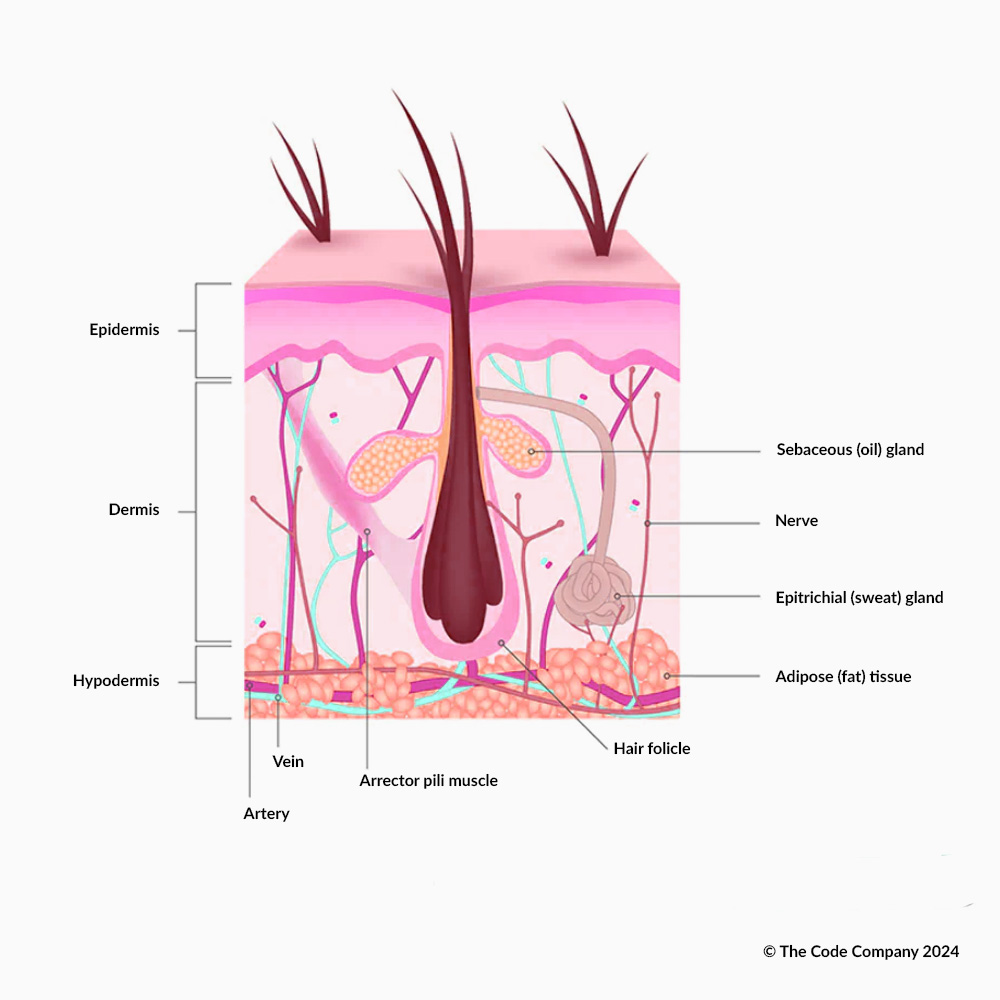
Your dog's skin and coat
Your dog’s skin and coat make up a multi-functional super system. They are a barrier of protection, a convenient thermostat and water meter, as much as they are a barometer of your dog’s internal health. Your dog’s skin and coat also function as his largest sensory organ, as well as a very important communication tool.
In this article, we’ll explore the structure and function of the canine skin and coat. We’ll suggest ways to keep your dog’s skin and coat healthy, discuss the symptoms of an unhealthy skin and coat, issues that may arise and when to see the veterinarian as a result.
|
The feline skin and coat
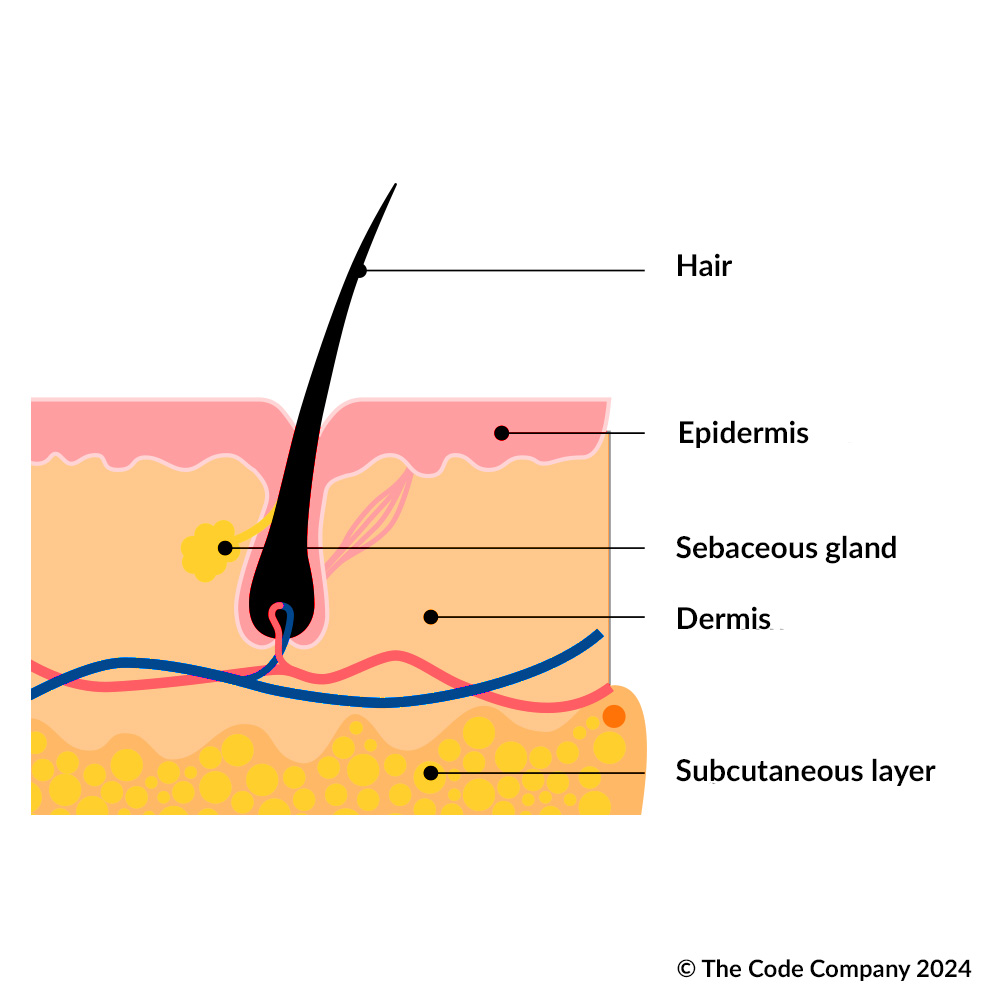
Your cat's skin and coat system
Your cat’s skin and coat make up a multi-functional super system. They are a barrier of protection, a convenient thermostat and water meter, as much as they are a barometer of your cat’s internal health. Your cat’s skin and coat also function as her largest sensory organ, as well as a very important communication tool.
In this article, we’ll explore the structure and function of the feline skin and coat. We’ll suggest ways to keep your cat’s skin and coat healthy, discuss the symptoms of an unhealthy skin and coat, issues that may arise and when to see the veterinarian as a result.
|
Mange in cats

My cat is scratching relentlessly and has begun to lose patches of fur. She looks pretty unhappy. What can I do?
What is mange?
Mange is a skin condition that develops when there is an infestation of parasitic mites or an overpopulation of mites on or in a cat’s skin. The presence of these mites, some of which burrow into your cat’s skin, causes itching, redness, and other uncomfortable symptoms. As with dog mange, cats can suffer from different types of mange based on the types of mites present on their skin. In this article we explore the different types of mange that cats can get, how the different types of mange are diagnosed and what can be done to treat the mange.
|
Mange in dogs
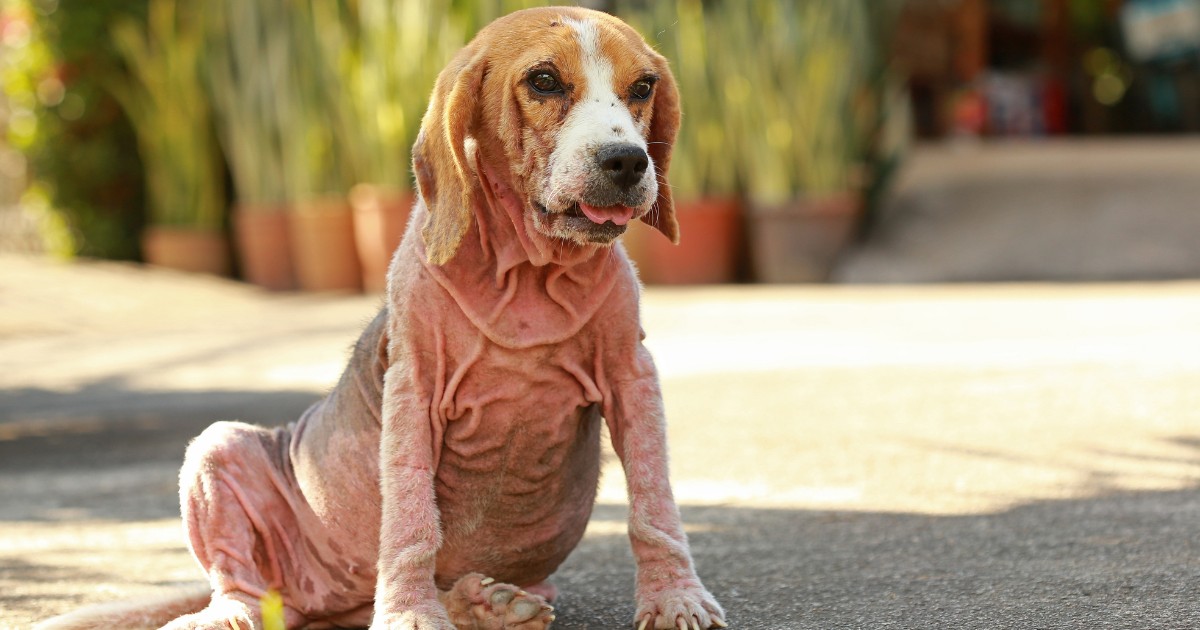
My young dog's fur is falling out - it started on her face and around her eyes. She's not scratching a lot, but is feeling under the weather. What could it be?
What is mange?
Mange is a skin condition in pets caused by an overpopulation or infestation of parasitic mites. The mites burrow into an animal’s skin (sarcoptic) or over-populate the hair follicles (demodex), causing either itchiness and thickened skin, or skin changes and hair fall. There are different types of mange caused by different species of microscopic mites – the most common being demodectic mange and sarcoptic mange. In this article, we’ll explore the symptoms of mange, how the different types of mange are diagnosed and treated, and whether mange is contagious to humans.
|
Seasonal allergies in pets

My dog is scratching and biting his skin more than usual, sneezing and has watery eyes - and it's only the beginning of the season!
All domestic animals can react to the changes of the season – just like some humans do. During late winter, early springtime, when the climate is dry and windy, there is a lot of dust and pollen in the air. Humans as well as our pets inhale these particles or pets brush up against skin irritants, which can lead to seasonal allergies.
|
Understand the life cycle of fleas
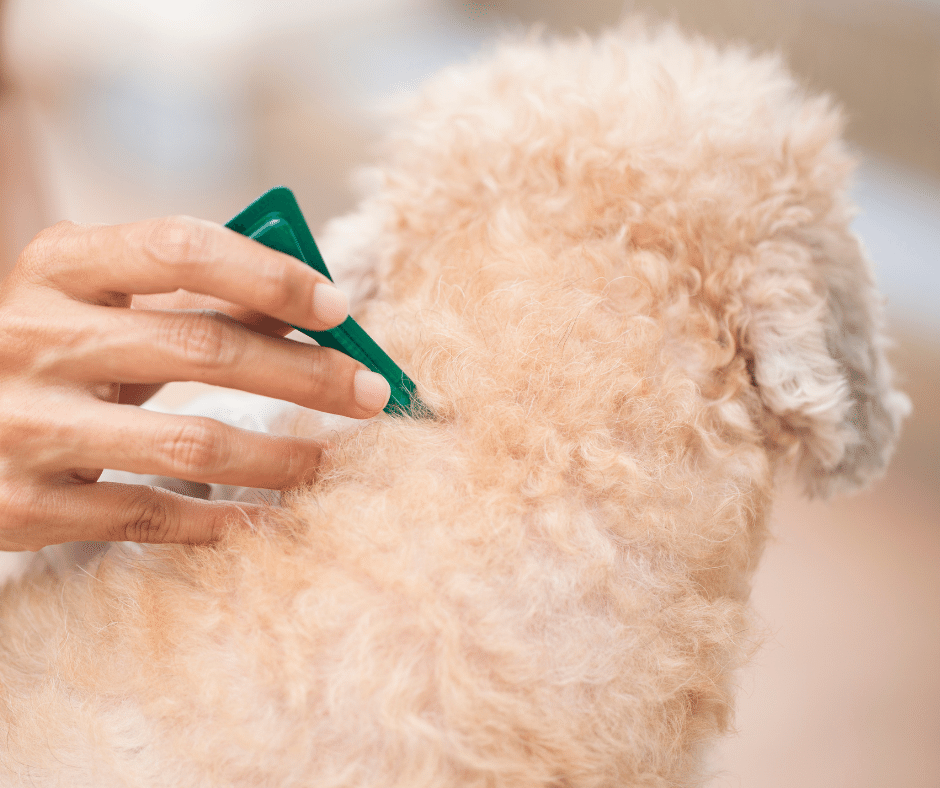
How can I get rid of my pet's fleas once and for all?
Tick and flea treatments for our pets promise quick and lasting results and are usually very effective when administered correctly. However, these treatments – including chews, spot-on liquids and collars – may not be able to get rid of flea infestations completely when pet owners don’t tackle each stage of the flea’s life cycle head-on. Understanding the life cycle of the flea is the key to eradicating this nasty pet pest.
|
Eosinophilic granuloma complex in dogs and cats
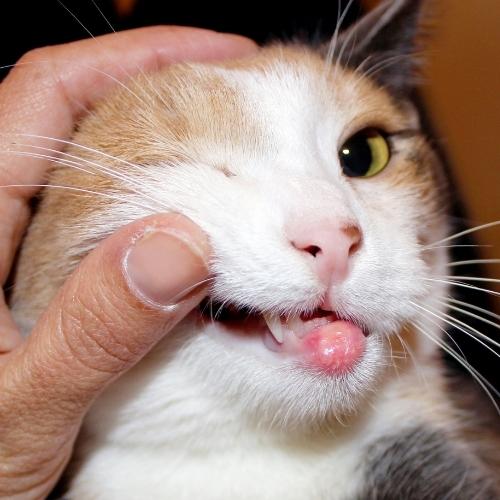
My cat has a strange sore - almost like a fever blister - on her upper lip
What is eosinophilic granuloma complex?
Eosinophilic granuloma complex (EGC) is a disease complex that presents in three main forms, namely an eosinophilic ulcer (also known as a rodent or indolent ulcer), an eosinophilic plaque or an eosinophilic granuloma. These conditions are more commonly found in cats and horses, and only occasionally in dogs.
|
My pet lost a patch of fur and developed a massive sore overnight. It looks like a burn wound.

Hotspots (Acute moist dermatitis or moist eczema)
Acute moist dermatitis is a skin ailment in pets that’s caused by a trigger like an itch or pain, and exacerbated by the pet’s scratching and licking until it becomes a large bare patch of painful skin lesion. Since the lesion is an open painful wound, it’s referred to more commonly as a hotspot.
|
Acral lick granuloma

My pet does not stop licking his leg and has a huge sore where he licks
When a pet owner brings their animal in to the vet with a firm, raised, angry red bump on the pet’s leg or ankle, complaining that the animal (a dog more often than a cat) won’t stop licking at it, the vet knows that there is a potentially long road of diagnosis and treatment ahead. The symptoms and behaviour described here are common in what’s called acral lick granuloma.
|